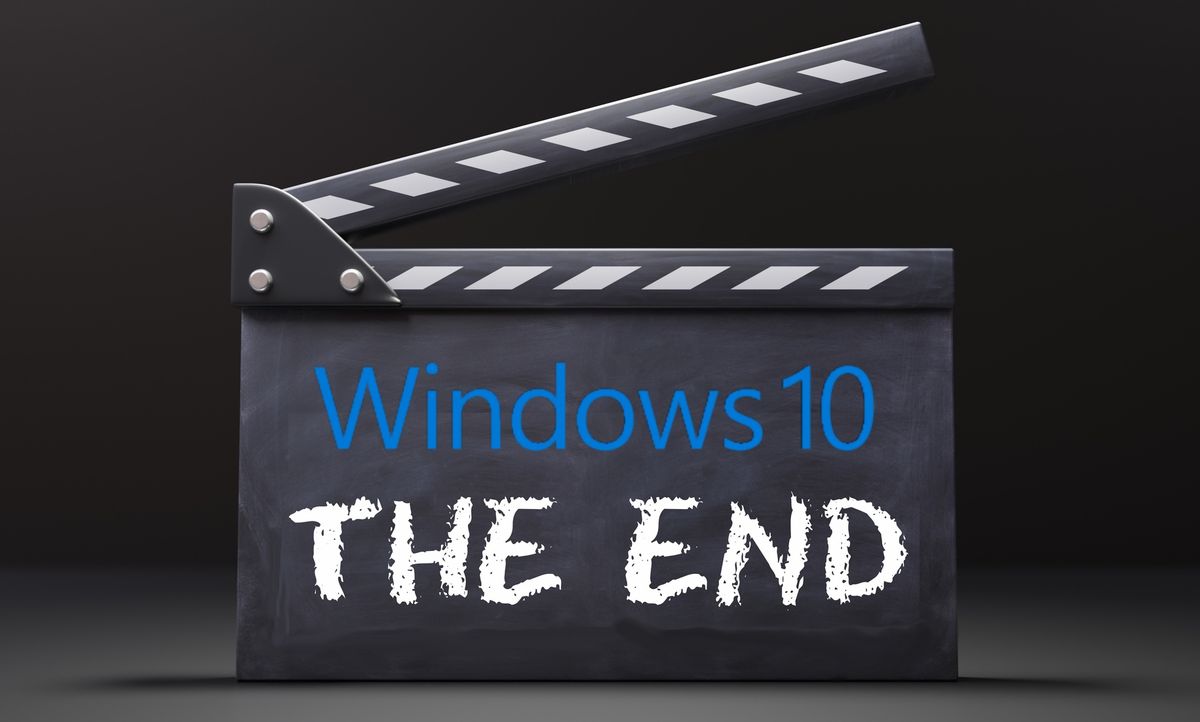If you want to continue receiving Windows 10 updates, you will have to pay

The life cycle of an operating system is a face-to-face fight between Microsoft and its users. Traditionally, life cycles have been extended gratuitously. But with Windows 10Microsoft has other plans: charge an annual fee to individual users to receive security patches.
More than 400 million users currently use Windows 10, but The operating system expires on October 14, 2025, in just over a year. From that date, If you want to continue receiving security updates, you will have to pay.
The Expanded Security Update Program, a technical term for charging for patches, is a tactic Microsoft has been using with businesses for some time. But This is the first time it will be applied to individual users.
Microsoft will charge for Windows 10 security patches
Microsoft explains today on its blog what will happen when it arrives Windows 10 end of support on October 14, 2025.
“When Windows 10 reaches end of support, Microsoft will no longer provide bug fixes for issues, security fixes for vulnerabilities, time zone updates, or technical support for issues that may arise.”
And of course, he advises migrating to Windows 11: “Windows 11 is the most secure Windows to date. These measures include advanced built-in encryption, data and credential protection, strong system and network security, and intelligent protections against evolving threats.
But he also recognizes that many users and companies cannot switch to Windows 11: “While we strongly recommend moving to Windows 11, we understand that there are circumstances that may prevent you from replacing Windows 10 devices before the End of Support (EOS) date. Therefore, Microsoft will offer Extended Security Updates.”
It is in its FAQ where, for the first time, includes individual users in the Windows upgrade payment programas discovered The Verge: “If you are an individual user or an organization that chooses to continue using Windows 10, you will have the option to enroll your PC in the paid Extended Security Updates (ESU) program.”
He continues: “The ESU program allows PCs to continue receiving critical and important security updates through an annual subscription service after support ends. More details, including pricing, will be provided at a later date.”
On other occasions, Microsoft has chosen to extend the end of service date. But it seems that with Windows 10, the decision is clear: either you move to Windows 11, or you pay. Or you use the PC with security holes, and the risk of being hacked.
It is a surprising decision, because just a few weeks ago Microsoft announced that Windows 10 will receive Copilot AI and other improvements, after saying that it would not update it further.
If you continue using Windows 10 after October 14, 2025, you will have to pay for security patches. Microsoft is not going to extend the life cycle. A pretty compelling reason to make the jump to Windows 11 or, by then, Windows 12…



